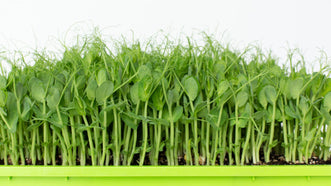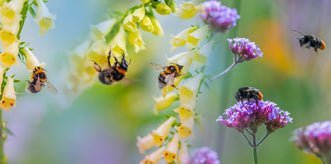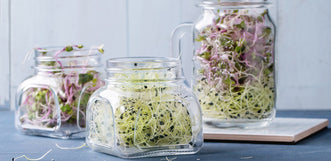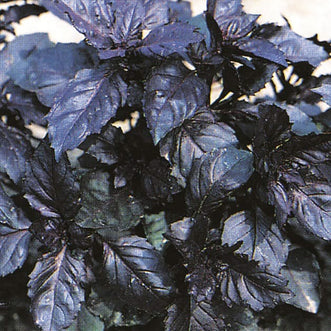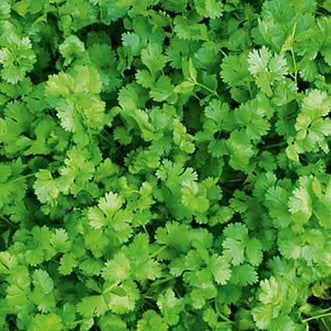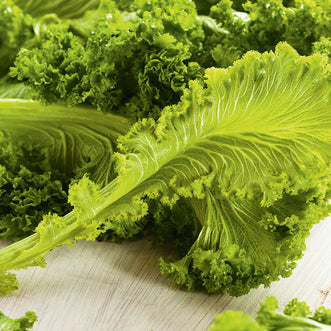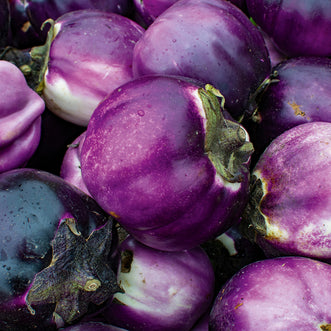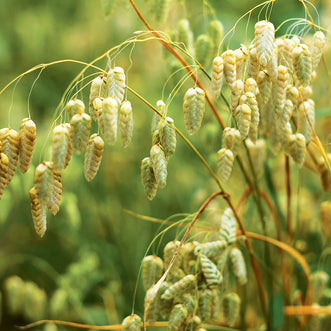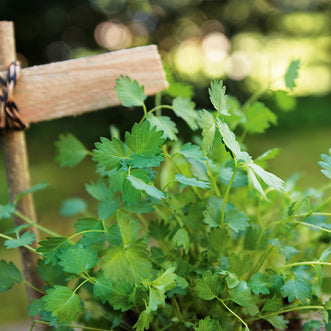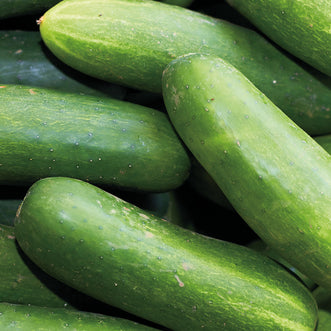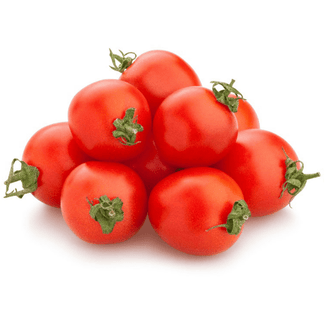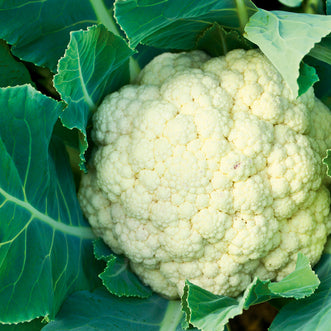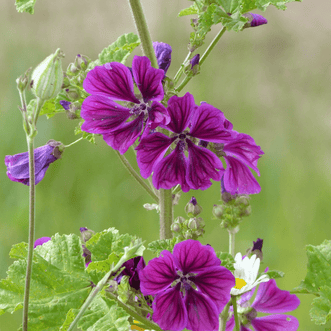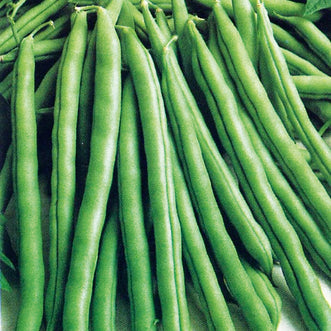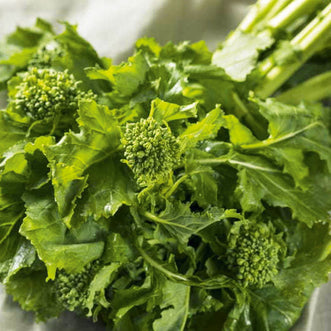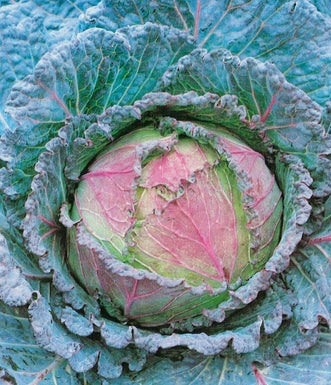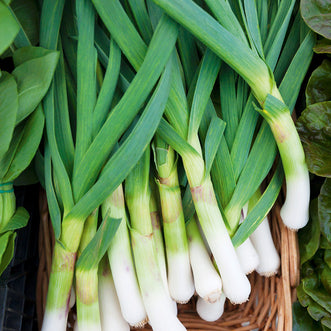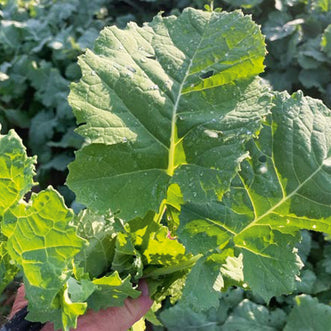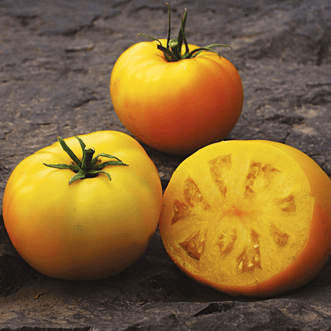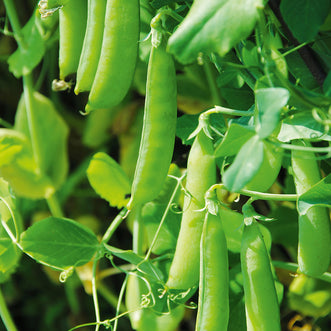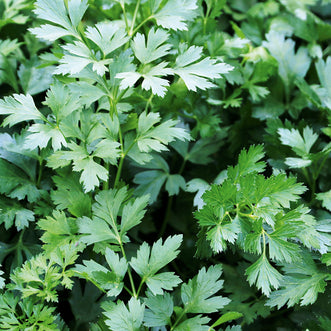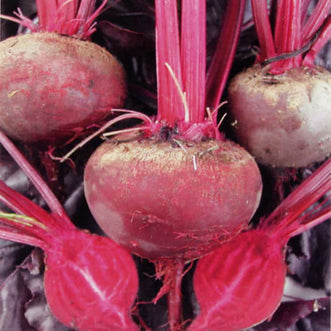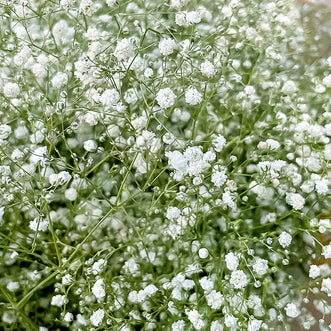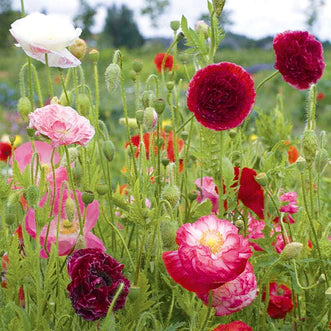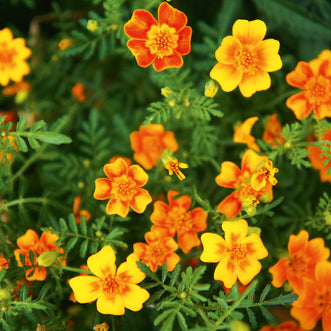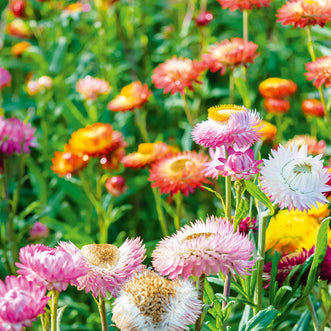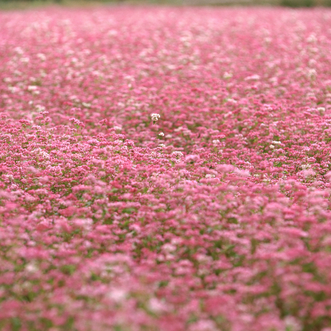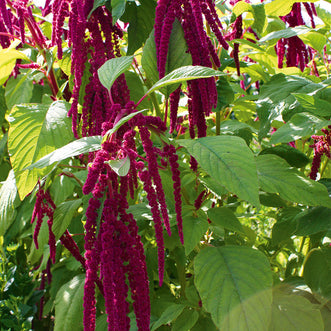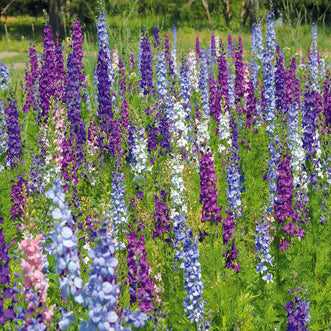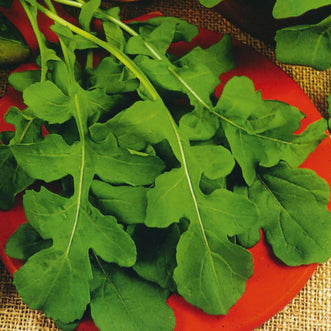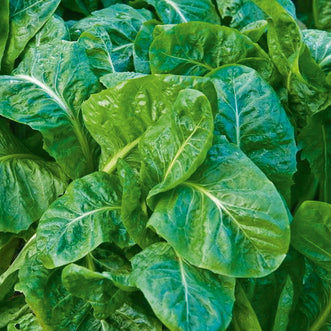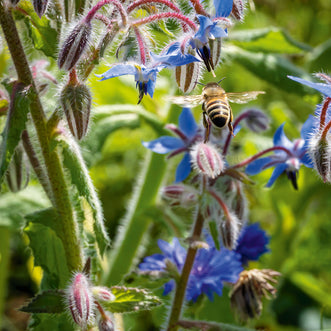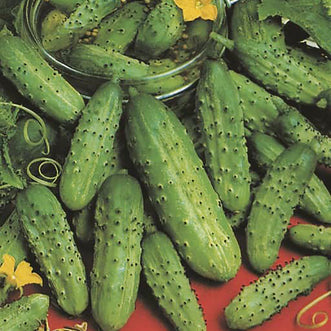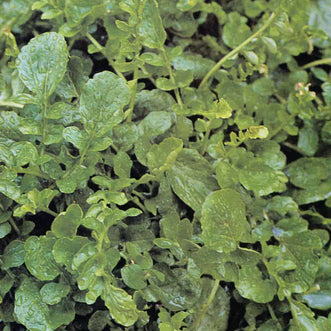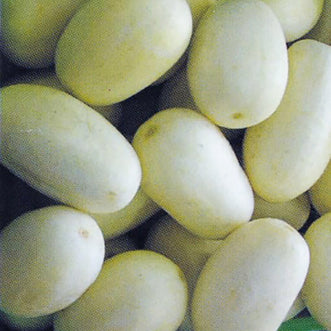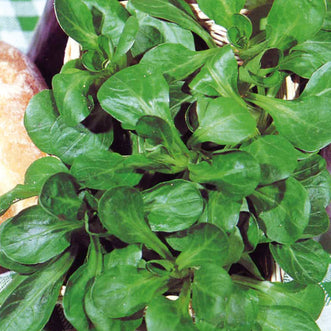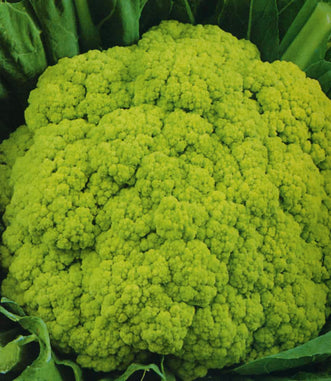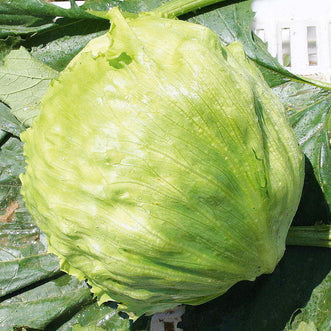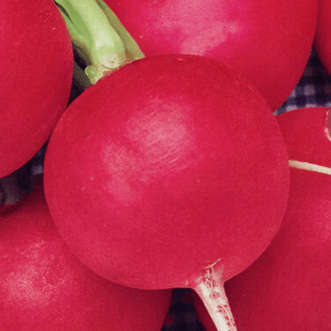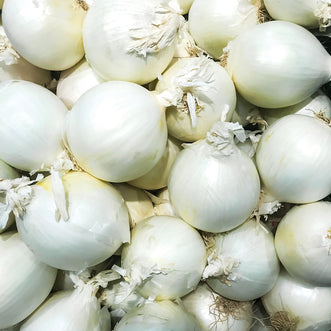So you want to grow a giant pumpkin......
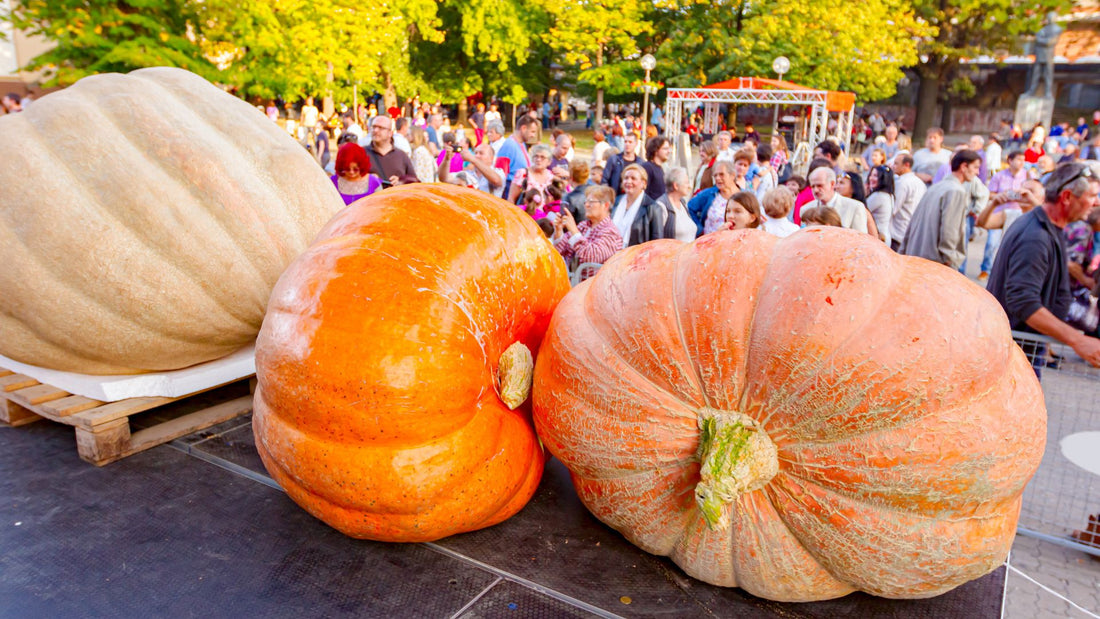

It's that time of year again! Time to take the first steps to prepare for growing a GIANT PUMPKIN ! There is so much fun to be had .... informal competitions with your friends, formal competitions in the community, education and entertainment (and memories) for the children and bragging rights if you are successful! So what do you need to know to get started? The most important first step towards growing giant pumpkins is to start off with the right seed – you will need a variety that will grow to produce the really big pumpkins. Atlantic Giant seed is the most common choice, as this variety of pumpkin can produce HUGE pumpkins. Get your seeds now, so that you can get started at the right time. It takes between 140 – 160 days to grow a giant pumpkin. For your pumpkin to be ready by autumn in March/April, you will need to sow your seed by mid-late October. Although that is still some time away, there's work to be done now to give you the best chance of success. What you need to do now is site preparation. Growing location is really important. Consider the following things when selecting your site:

Your pumpkin plant will need as much full, direct sun as possible and will also need to be well watered throughout its growing cycle, so access to a good supply of water is a must. Your pumpkin plant will also need room to spread out. This also applies to the root system - your plant’s roots need plenty of room. A level site will be easier as your pumpkin grows. Remember that if you are planning to harvest your giant pumpkin and take it away to a competition, make an access plan now. If it grows really large, you will need a lifting/transporting plan and vehicle access. (Maybe even a crane!) Another thing to consider is that your pumpkin plant will need shelter from wind and frost. You may need to put up wind shelter for your plants and once your pumpkin is growing you may even need to make a shade/rain shelter to protect the fruit as it grows. As you can imagine, for your pumpkin to grow to a truly tremendous size, it will need to be well fed and preparing for this, is the work that you could be doing now!


And mix well. The compost doesn't have to be too broken down as you have awhile to wait before planting your seedlings so it will compost down during that time.

Backfill until you are left with a mound about 1m high. Doing this now will allow time for decomposition, so that your site will be a rich, soft bed, brimming with nutrients come October when you plant out your young pumpkin seedlings.
Sow your pumpkin seeds in warm conditions – sowing your seeds in October is usually the right time in New Zealand, but remember to protect the seeds from the cold – using a heat mat and growing indoors may give your seeds the best start for good germination. Sow more seeds than you need, pot them up early to encourage healthy root growth and select your most vigorous, healthy plant when the time comes to plant out, usually when your plant has its fourth or fifth leaf set.

Your mounded site will have settled down since you initially made it. If so, heap it up again to make mounds that are about 200cm wide and 300mm high in the centre, sloping away on all sides. Planting on top of this mound will allow any excess water to run off, rather than sitting around the stem of the plant and potentially causing rot or disease. If the size of your site allows, having a number of these mounds will allow you to plant out multiple seedlings – you can later choose the most vigorous plant(s) and remove the others. In addition, the mounding will keep the small plant lifted up above the lower frost areas in the garden. If you suspect you may have a frosty night, it is essential to protect your seedling – cover it! Even a cardboard box will do the trick, but remember to remove it in the morning!
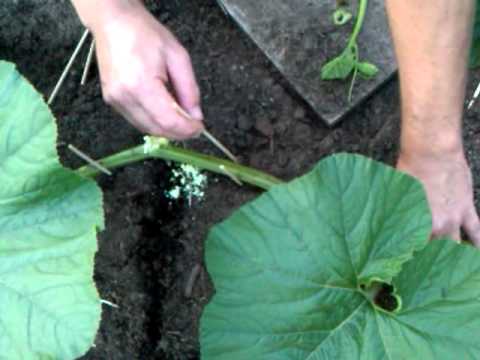
Once your plant(s) are growing well, you will need to do some work to ensure that the plant’s energy goes into producing one huge pumpkin, rather than a quantity of smaller ones. Once your pumpkin vine has reached about 6m long, pinch off the tips and the side shoots and remove all female flowers. Choose your most promising fruit and remove all others. Some say that choosing the fruit which is growing the most quickly is a good idea. Other things to consider is choosing one that has a good shape. Young pumpkins that are round and particularly tall are often the ones that will grow to the largest size. The position of your pumpkin on the vine is also extremely important. For best results, it would be great if the stem of your pumpkin is growing perpendicular to the vine, but most often you will see the stem growing at a very acute angle. You can coax your pumpkin gradually to its best position over the course of a week, but do this very gently and carefully so that you don’t injure the fragile stem. All resources will now go into this one pumpkin! You may have to gently train your vine to grow in a particular direction – use small stakes to gently hold the vine in position and move it little and often. Keep feeding your plant – slow and steady is the trick here. Using a liquid fertiliser is a good way to get nutrients to the plant. Watering your plant in the mornings will allow water drops to dry before the end of the day, which will help prevent diseases such as powdery mildew.
Once your pumpkin is about the size of a basketball, you will need to think about protecting it – your precious potentially-huge fruit will need protection from the sun and the rain. In our hot summer conditions, having a shade shelter over your pumpkin will prevent sun scald on the pumpkin skin and will also stop the pumpkin from ripening prematurely. Initially you could use a cover (e.g. a towel) draped over the pumpkin, but as it grows larger you will probably need to construct a shelter with a waterproof roof.
Before your pumpkin grows too big to lift, place something underneath it to give it a good base. A giant pumpkin is very heavy and will be putting a lot of weight onto the soil below. Having a good base underneath it will allow better uniformity of colour and will also protect it from rot. Some options are making a bed of sand, using cardboard, weed mat or a wooden base, or making a bed of hay. Whatever you use is best kept dry if possible – your rain/shade shelter will help with that.
Eventually, harvest time will come! For competition events, cut your pumpkin on the morning of the competition, as every bit of moisture lost will affect the weight of the pumpkin. Call in your friends and family to help transport your precious pumpkin – you may need all hands on deck to safely manoeuvre a lifting tarp under the pumpkin or you may even need to resort to machine power.
However your giant pumpkin project turns out, don’t forget to take some photos!
We’d love to see how you get on!



